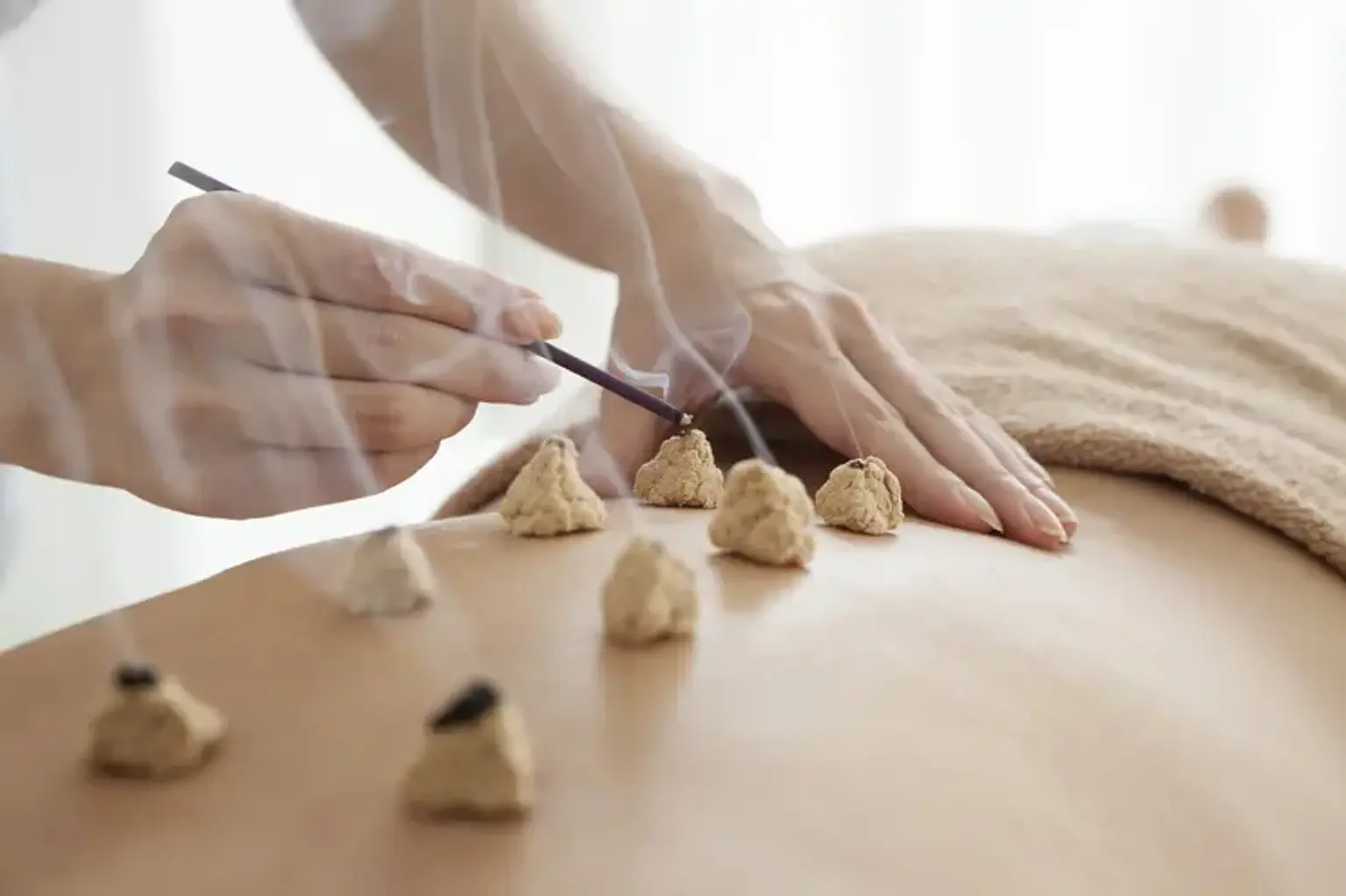Moxibustion
What is Moxibustion?
Oriental medicine is the world 's earliest structured medical system. It promotes health and well-being via the treatment of illness and disease through the six Major Branches of Oriental Medicine: acupuncture, nutrition, herbal therapy, meditation, physical exercise, and massage.
Oriental medicine, often known as Chinese medicine, is a centuries-old medical system that employs a profound understanding of nature's principles and patterns to treat the human body. The World Health Organization (WHO) recognizes acupuncture and eastern medicine as beneficial for over 43 disorders across nine key health domains.
Moxibustion is a kind of traditional Chinese medicine. It entails placing moxa, a cone or stick made of grounded mugwort leaves, on or near meridians and acupuncture sites on your body. Moxibustion is a type of heat therapy in which dried plant components known as "moxa" are burnt on or near the skin's surface. The goal is to warm and energize the flow of Qi (energy) in the body while also dispelling certain pathogenic effects.
